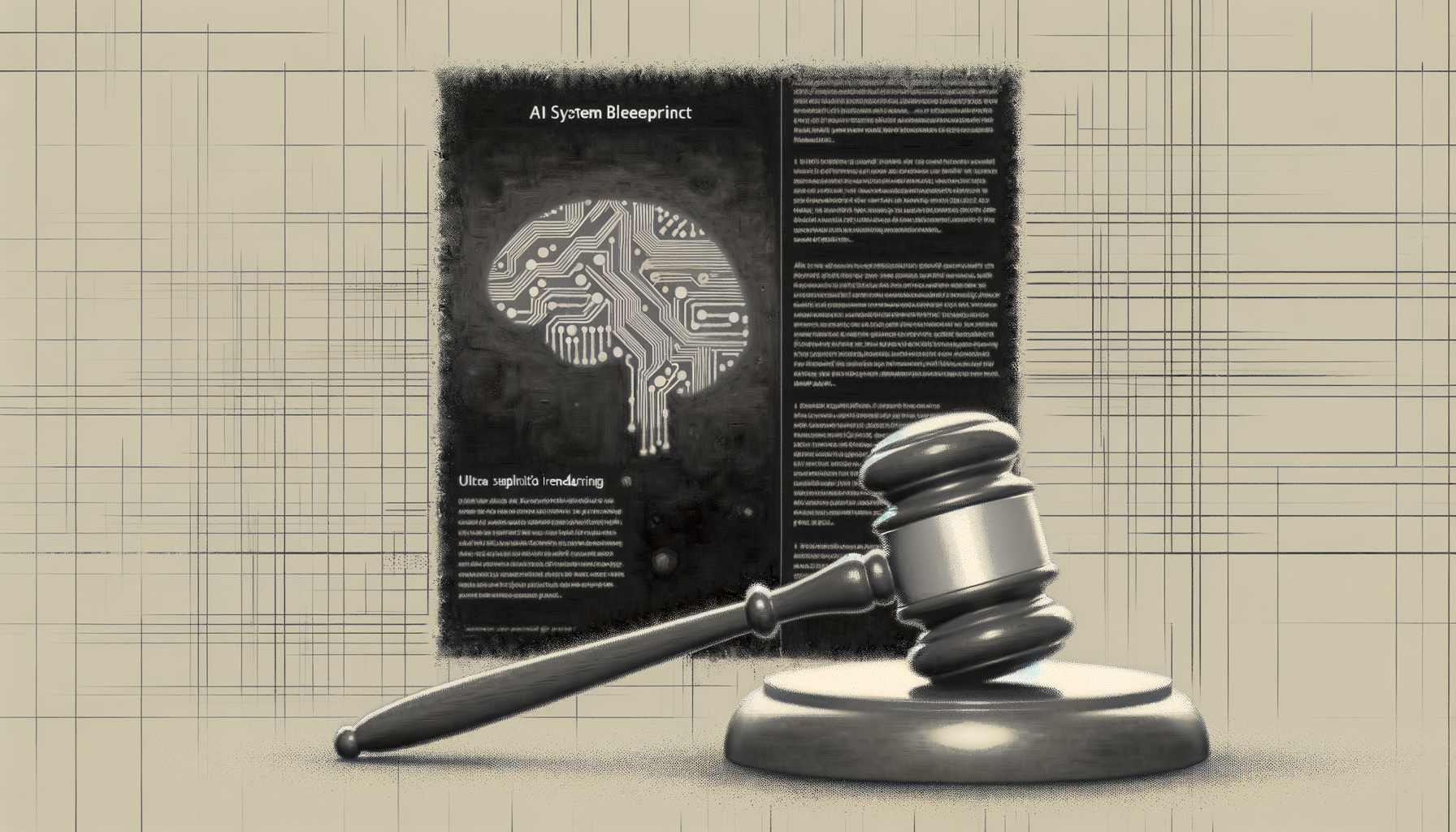Silicon Valley’s obsession with big models is quickly becoming a costly liability—have you noticed the elite few racing ahead using smarter, smaller LMs instead? Everything you think you know about AI scale is about to be upended, and those clinging to yesterday’s paradigms are about to be left behind.
Why It’s Time to Look Beyond the AI Giants
The past three years have been defined by AI one-upmanship: larger models, more GPU clusters, astronomical budgets. But in 2025, this approach is not only unsustainable—it’s rapidly becoming obsolete. The tectonic shift? Small Language Models (SLMs), purpose-built for targeted, high-value machine learning applications, are rapidly overtaking the value of the mega-models in many sectors. If your organization’s AI roadmap is tethered to size as a proxy for capability, you’re steering toward irrelevance.
The next AI leap won’t come from more parameters, but from sharp focus and domain mastery—SLMs are the strategic weapon competitors hope you’ll ignore.
Big Isn’t Better: The Inevitable Plateau of Giant LLMs
Let’s dissect the underlying economics. Training a top-tier foundational large language model (LLM) now costs tens or even hundreds of millions of dollars in compute and infrastructure. Inference—actually using the models—remains cost-prohibitive at production scale, locking out all but the best-funded players. Maintenance, updates, audits, and efficiency tuning balloon costs further.
And the payoff? Marginal capability gains have begun to flatten. LLMs, while powerful, are increasingly overkill for specialized or tightly-scoped use cases. Consider that:
- Fine-tuning giant models is laborious and energy-intensive, often taking days or weeks per project.
- Enterprise deployment introduces latency, privacy, and compliance risks—especially in regulated industries.
- Most real-world tasks don’t require the knowledge span or world model that mega-LLMs provide.
Investors and product teams are starting to ask: “How much LLM is too much?”
Meet SLMs: Focused Power, Unlocked Potential
SLMs—models with far lower parameter counts (often in the millions or tens of millions), trained specifically for defined or restricted domains—offer a compelling alternative. Unlike generalist LLMs, SLMs are designed for:
- Vertical expertise: Legal, medical, financial, scientific language, or customer-facing domains.
- Resource efficiency: Deployable on local servers, edge hardware, or even mobile devices.
- Easy retraining and agility: Fast, inexpensive adaptation to new jargon, regulations, or data sources.
They don’t try to model the entire universe of human knowledge. Instead, SLMs zero in—curated, right-sized, optimized for utility over breadth.
Why Now? The Catalysts Accelerating SLM Adoption
- Hardware democratization: Rapid advances in CPUs and on-device NPUs mean high-performance SLMs no longer require dedicated GPU clusters. Businesses can self-host robust AI at the edge, reducing cloud dependencies and vendor lock-in.
- Open research and modular frameworks: Model architectures like DistilBERT, MobileBERT, TinyLlama, and QLoRA-powered quantization are sparking a renaissance in compact, modular, open-source language modeling. See HuggingFace’s latest benchmarks.
- Regulatory pressure: Heightened concerns over privacy and supply chain sovereignty in 2025 have made highly portable, auditable, and domain-scoped language models a C-suite imperative.
- “Good enough” is finally superior: In critical verticals, accuracy, latency, and explainability matter more than omniscient breadth. SLMs can be directly aligned to the problem, not just the data.
Deep Dive: SLMs at Work in Specialized Domains
Healthcare: Confidential and Responsive
Hospital networks in the US and Europe are increasingly moving to on-premise, fine-tuned SLMs for physician note summarization, triage assistance, and patient query chatbots. Why? Reduced inference cost and contained privacy risk—a dealbreaker for many LLM solutions that require sending sensitive records to hyperscalers’ clouds.
Legal and Compliance: Controlled Knowledge
European law firms deploy SLMs specializing in regulatory parsing and contract review. These models are regularly retrained as laws evolve, and their compact size enables rapid, verifiable updates. By only being trained on jurisdiction-specific texts, they outperform generalist LLMs on nuance and legal language understanding.
Financial Services: Real-Time, High-Stakes Decisions
Banks are embracing SLMs for real-time risk scoring, fraud detection, and customer sentiment analysis. Their smaller footprint means lower latency for high-frequency trading and compliance monitoring. Unlike LLMs, SLMs can be audited—an essential property for FS institutions answering to both regulators and shareholders.
Key Advantages: Why SLMs Win in 2025
- Drastic cost savings: Slashing model size from billions to millions of parameters can cut both training and inference costs by orders of magnitude.
- Localization and privacy: SLMs can run on-site, in-country, or even offline—critical for GDPR, HIPAA, and sectoral privacy requirements.
- Fast iteration: Need to support a new regulation or industry term? SLMs are swift to retrain, with no weeks-long, GPU-hungry cycles.
- Transparency and trust: With fewer “black-box” behaviors, SLMs are conducive to explainable AI—a must-have as audits and model governance escalate.
- Energy consumption: Sustainability isn’t a buzzword in AI anymore. SLMs dramatically reduce carbon impact.
Not a Panacea: When LLMs Still Reign
This isn’t the end for large foundational models—they remain essential for open-domain tasks, zero-shot learning, and complex language generation. SLMs trade off breadth for specialization. But in most production workflows, specialization wins.
Signs It’s Time to Pivot
- You hit a ceiling on LLM fine-tuning ROI
- Your application’s cost per query is spiraling
- Data privacy or on-prem mandates block cloud AI
- Your use case is niche and tests general LLMs’ reliability
The question is no longer “Can we use a smaller model?”—it’s “Why would we ever use anything else?”
SLM Best Practices: How to Get Started
- Audit your real-world needs. Break down model requirements: context window, vocabulary, latency, privacy, and updatability.
- Prototype with open SLM architectures. Evaluate pre-trained options (TinyLlama, MobileBERT, etc). Start with targeted benchmarks, not leaderboards.
- Build a data pipeline for continual mini-tuning. Take advantage of the speed and cheapness of fine-tuning SLMs. Design for rapid iteration as domain language shifts.
- Invest in explainability and monitoring; smaller models are easier to interpret, but governance is still critical for safety-critical applications.
- Partner or train talent with specialization in efficient architectures. The LLM specialist of 2023 isn’t automatically an SLM expert.
This Is How the Winners Will Play It
Executives making the leap to SLM-centric strategies today are already squeezing out inefficiency, cutting AI OPEX by 70–90% in pilot cases and finding new strategic leverage versus their slower-moving competitors. The technology gap is now a mindset gap—are you willing to let go of scale as dogma?
Expect to see even the most entrenched industries invert their AI spend toward SLM research, self-hosting, and domain-restricted optimization. The inevitable surge in open-source SLM toolchains, plug-and-play frameworks, and pre-tuned vertical solutions will unleash innovation in places where LLMs once caused gridlock.
The Strategic Imperative for 2025: Think Small, Win Big
If your product or AI architecture roadmap hasn’t undergone a reckoning with this SLM-driven paradigm, it’s vulnerable—technically, operationally, and competitively. Ask yourself: what value does model scale really add given today’s constraints and tomorrow’s opportunities?
Start piloting SLMs where they fit best—where specialized knowledge, ultra-low latency, privacy, and cost actually move the needle. Look for the “overkill” in your existing LLM workflows and experiment with focused, nimble model deployments instead.
The SLM era isn’t just coming—it’s already here for those who move fast. Are you prepared to play by the new rules, or watching as your competitors quietly write them?
In the next phase of AI, precision and efficiency will beat raw scale—Small Language Models are how visionary leaders will future-proof their ML strategies.





